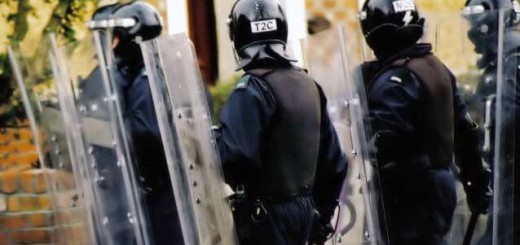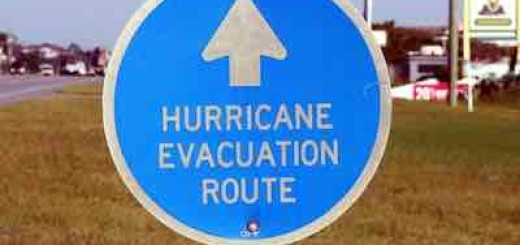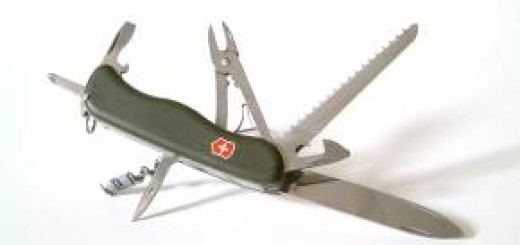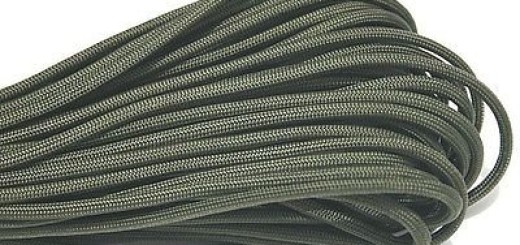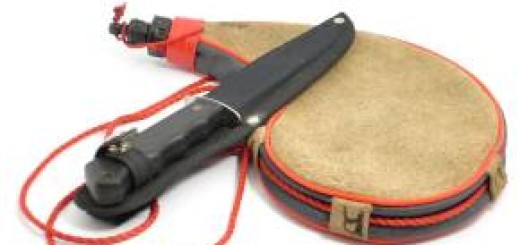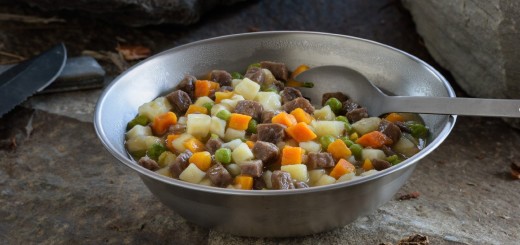The Best Bug Out Bag For Your Family
Ok, you’ve decided that you’d like to assemble a bug out bag so you can be prepared when and if disaster strikes. Now, where do you start? You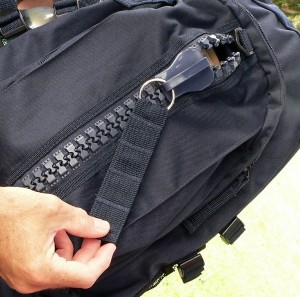 need a Bug Out Bag (duh!). But What is the best bug out bag for your family?
need a Bug Out Bag (duh!). But What is the best bug out bag for your family?
Like a lot of the other questions we try to answer on this site, it all comes down to your specific needs and circumstances. Answering these questions will help you determine what bag is best for you and your family.
How many Bug Out Bags do you need?
Depending on the number of people in your family or group, your supplies and tools may end up taking a lot of space. Instead of sacrificing gear and having to prioritize what stays and what goes, it may make sense to equip two or more bug out bags. Since you’re likely to have help carrying these bags, it shouldn’t affect mobility much, if at all. Having two bags also gives you the ability to separate certain types of gear from other types. For example, you could carry the tools and food in one bag, while your partner could carry first aid and shelter supply in theirs.
Another possibility is to have one bag with absolute essentials, with another bag with “extras”. If there is ever a need to leave one bag, obviously the extras bag could be left behind.
Two different type bags could work well too. More often used items (map, canteen) could be kept in a messenger bag, while less often used items (tent, sleeping bag) could be kept in a backpack.
What type of Bug Out Bag should I get?
There are many type of bags available, from a basic ruck sack to tactical response bags. What type should you get? Well, depending on your needs, you can determine what will work best for you. If expecting to travel on foot, a backpack or messenger bag
would prove more comfortable and very more ergonomic than a large duffel bag. If your bug out plans involve a vehicle, that duffel bag
wouldn’t be very restrictive in the trunk or bed of a truck. Beware though, if there is a situation where you must abandon your vehicle for whatever reason, carrying that large bag could be a major pain. I’d recommend having an extra backpack inside of your large bag, so if you have to, you can break down the larger bag into portable smaller bags for ease of mobility.
How much should I spend on a bag (or bags)?
As with many other products, there is a very wide range of prices that you can pay to get the bag you want. There really is no rule or minimum of how much you should spend on your bag. You can find bags under $25 all the way up to bags over $100
.
Take the usual advice: You get what you pay for. Don’t risk your safety on a cheap bag that may fall apart when called into action. If there is an emergency situation, that bag may see a lot of rough usage. Don’t let your family’s safety be compromised just because you wanted to save a buck.
That being said, there’s a point of diminishing returns. A$300 bag isn’t necessarily better than an $80 bag. There may be a lot more bells and whistles, but it doesn’t take a $300 bag to get the job done.
Focus on ruggedness and waterproofness. Sturdy zippers and secure pockets and pouches. You wouldn’t want to be dropping precious items because of a faulty zipper or velcro pouch.
Taking these questions into consideration should help you find the perfect bag for your needs.
See also:

